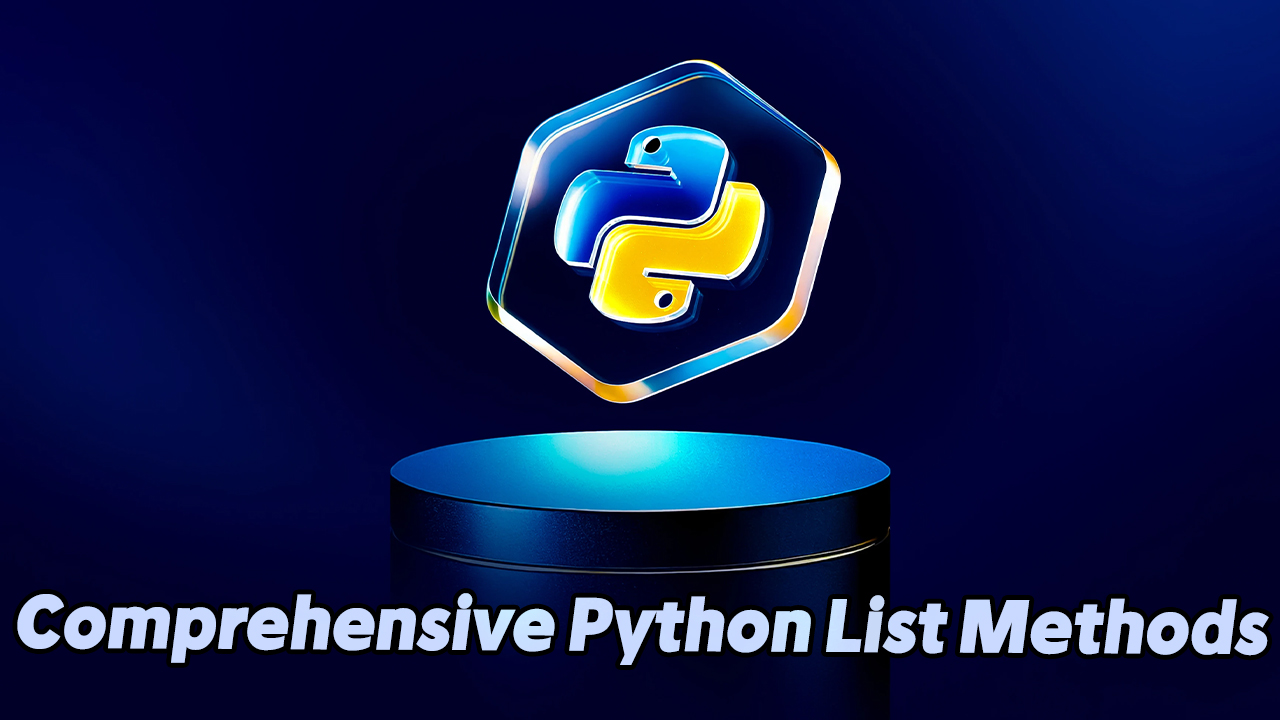Python List Methods – An Academic Guide by Devyra
In the Python programming language, lists are one of the most versatile and frequently used data structures. Python provides a set of built-in methods that allow developers to perform a wide range of operations on lists efficiently. Understanding these methods is essential for anyone aiming to write clean, readable, and effective Python code.
Overview of Python List Methods
Below is a comprehensive list of the core list methods in Python, along with their academic descriptions and practical applications.
| Method | Description |
|---|---|
append() |
Adds an element to the end of the list. |
clear() |
Removes all elements from the list, leaving it empty. |
copy() |
Creates and returns a shallow copy of the list. |
count() |
Returns the number of times a specified value appears in the list. |
extend() |
Appends elements from another iterable (like another list or tuple) to the current list. |
index() |
Returns the index of the first occurrence of a specified value. |
insert() |
Inserts an element at a specified index in the list. |
pop() |
Removes the element at the specified position and returns it. |
remove() |
Removes the first occurrence of a specified value. |
reverse() |
Reverses the order of elements in the list in place. |
sort() |
Sorts the list in ascending order by default (can be customized with arguments). |
By mastering these list methods, you can manipulate data more efficiently, optimize performance, and write high-quality Python code. For more in-depth tutorials and best practices in Python programming, visit Devyra.


















